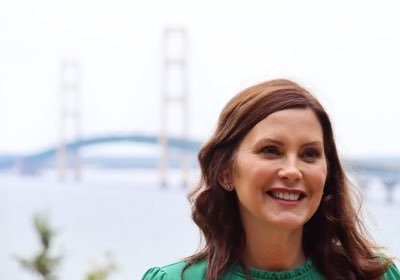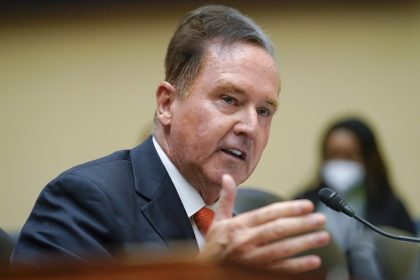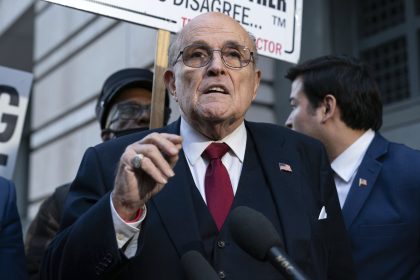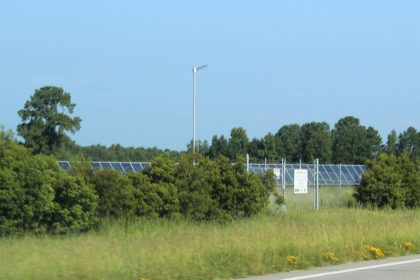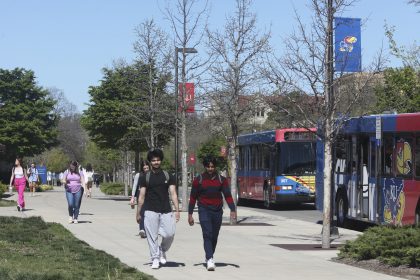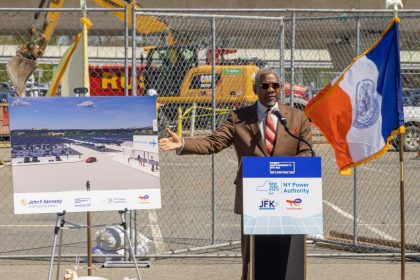Virginia’s General Election: the Ultimate Toss-Up
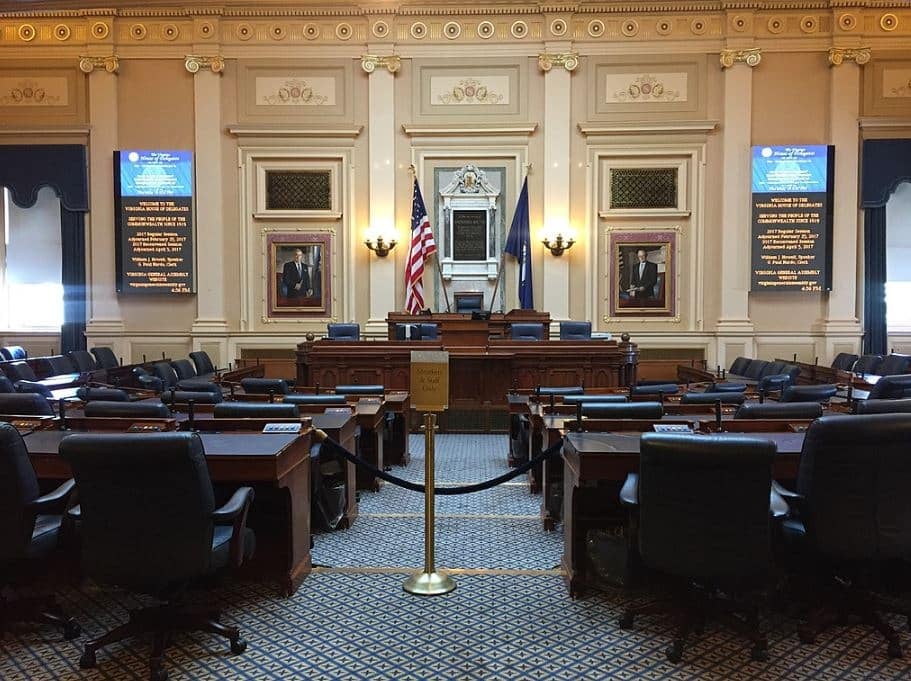
WASHINGTON — The buzz around this fall’s general election is heating up in Virginia as Republicans try to stay in power.
The general election on Nov. 7 will put all 100 seats in the House of Delegates and all 40 Virginia Senate seats up for grabs.
Republicans currently hold 50 seats in the House, with four vacant seats and 46 seats for Democrats. In the Senate, Democrats hold a slim majority with 22 out of the 40 total seats.
“The battle for control of the legislature is going to depend a lot on suburban districts in Northern Virginia like in Prince William, Loudoun and Stafford, and then some other suburban districts outside Richmond and in more suburban parts of Hampton Roads,” said Stephen Farnsworth, a professor and director of the Center for Leadership & Media Studies at the University of Mary Washington.
In part, this is due to the new electoral lines.
The primary election on June 20 marked the first time that the electorate voted under new electoral maps, which were established under the Supreme Court of Virginia after a bipartisan panel failed to agree on a map.
The new lines tend to favor Democrats because of population shifts, with lots of voters relocating to suburban areas.
Farnsworth said races in the Fredericksburg area could be pivotal. Specifically, Senate District 27 and House District 65.
These districts will see a tight race because the population has become more suburban. Suburbanization has turned the once red area increasingly purple.
Out of the primary election, Farnsworth said that Gov. Glenn Youngkin was able to secure choice Republicans and prevent problematic candidates from moving on to the general election. He also said Democrats nominated more liberal candidates, a break from their usual moderate picks.
Regardless of party lines, change will come with the new Legislature in January — a generational one.
New electoral lines caused a number of incumbents not to seek reelection. Instead, younger candidates, with more left- or right-wing values, stepped into their place.
“What we’re talking about generally is the ‘Washingtonization’ of Virginia politics,” Farnsworth said.
Farnsworth expects that the side effect of electing a younger generation of politicians will be increased polarization.
In some ways, the general election will be like a midterm. It will give voters a chance to evaluate Youngkin, who has pushed more conservative legislation than advertised during his campaign, halfway through his term.
But Farnsworth doesn’t expect the general election to change much. He predicts its outcome will be similar to the current Legislature: a divided government.
Rosalyn Cooperman, the University of Mary Washington department chair for political science and international affairs, doesn’t expect the general election to be competitive, with the exception of a few races.
“In the general election, I think you’re really looking at … a handful of seats where party control can flip,” Cooperman said.
“And that matters, right? Because if we’re thinking about those really small majorities that exist, that Republicans holding on by just a few seats to claim party majority in the House, Democrats holding on by even fewer seats, to claim party majority in the Senate, how those races will break will determine which party holds control or gains control,” Cooperman added.
The Virginia Public Access Project, a nonpartisan, nonprofit database and data analysis website for Virginia elections, says there will be four competitive Senate districts and seven competitive House seats.
Other than those, most of the races are safe to call for the Democrats or Republicans, evidenced by the primary.
“Politics is Everything,” a podcast by the Center for Politics at the University of Virginia, discussed the outcomes of the primary election and what they could mean for the general.
“I think most people view, basically, both chambers as effectively toss-ups, or that there aren’t a ton of races that should be super competitive in the fall, but there are enough that it really could go either way,” said co-host Kyle Kondik.
Other issues, like the 15-week abortion ban Youngkin has pushed for, will drive voters, Democratic in particular, to the polls.
Cooperman said that overall voter turnout is up since the last time all of the seats were up for grabs in 2019 and 2015.
“What that suggests is that there is already a high level, or higher level, of voter interest in the forthcoming general elections,” Cooperman said.
“If you have primary voters that are willing to turn out, the same will be the case, if not more, presumably, in the general election,” she added.
You can reach us at [email protected] and follow us on Facebook and Twitter


















